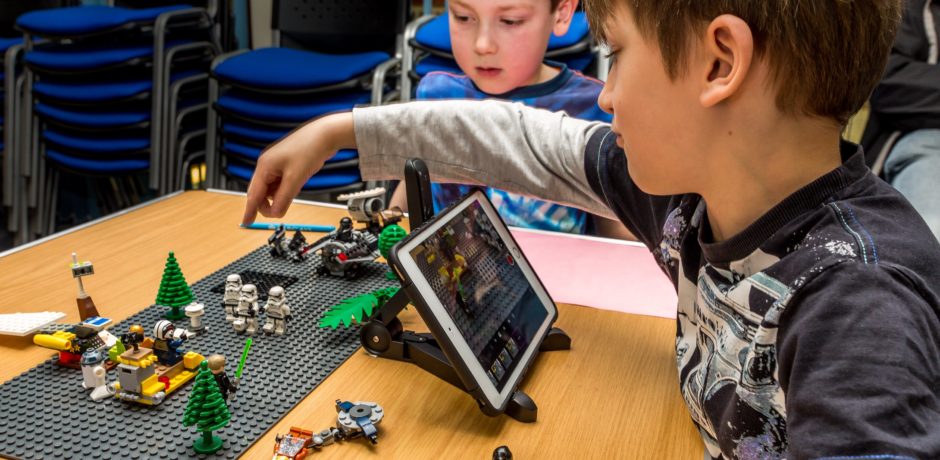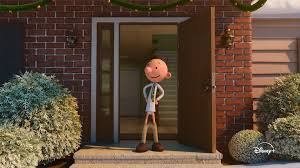Stop motion animation is an art in the world of film, which requires a lot of time to make because of the shooting technique that repeats in one frame.
Therefore, stop motion requires more skill and attention to detail, and complete patience. It’s way different from live action videos.
You can achieve this animation style by using an object, such as puppets, dolls, paper clippings, threads, etc. So, what is stop motion animation, and what are the types of stop motion animation?
The following explains stop motion animation and the best types of stop motion energy that you need to know.
What is Stop Motion Animation?
Stop motion animation is a filmmaking technique in which an object is physically moved bit by bit and captured one frame at a time so that when played back, it produces the illusion of motion.
This technique can be similar to a flipbook, except that the stop motion uses objects instead of pictures.
Stop motion animation attracts a lot of people’s attention. Several films that use stop motion animation have captured the hearts of many people, such as Shaun the sheep, Coraline, and so on.
Stop motion animation (also called stop frame animation) is an animation technique for making physically manipulated objects appear to move on their own.
Each movement of the object is photographed with individual frames so as to create the illusion of movement when a series of frames is played in sequence and continuously.
When you quickly replay a sequence of images, it creates the illusion of movement. If you understand how drawn 2D animation works (Disney in the early era), the concept of stop motion animation is similar.
Stop motion is also often referred to as claymation because in its development, this type of animation often uses clay as one of the objects that are moved. The stop motion animation technique was first discovered by Stuart Blakton in 1906.
At that time he drew the facial expression of a cartoon character on a blackboard using a still camera, then erased it to draw the next facial expression. This stop motion animation technique is often used in visual effects in films from the 50’s or 60’s even today.
Capturing Stop Motion Animation
At first the stop motion animation was captured with a film camera. The animators can’t see how their work is going until the film is finished. They use surface gauges to track where their characters are, and how far to move them.
If the animation isn’t smooth, there’s an error in the set or if the lighting is poor, then their work fails and they have to start over.
Then, in more sophisticated times, there was a special video engine that allowed animators to view the final frame or two of their work and compare it to live video from a camera. This technology makes it easier for them to understand the process of developing their animation.
Stop Motion Animation Types
Stop motion animation consists of several types, namely cut out animation, clay animation,
puppet animation, pixilation animation, object animation, and graphic animation.
To make stop motion animation, no special skills are needed, the most important thing is that it requires accuracy and patience because this animation is not the type of animation that can be made in a short time. Anyone can try to make stop motion animation, including if you want to be patient and thorough, get rid of your laziness!
#1. Object Animation
This technique involves placing objects in a scene and moving each object to produce a moving animation in one frame at a time.
This type uses non-drawn objects such as toys, blocks, dolls, and similar items that are entirely impregnable, such as clay wax, and it’s not designed to look like human or animal characters.
Beginners most prefer this type because it is the most straightforward technique of the other classes and is famous among beginners and professional artists.
#2. Pixilation
This type uses humans as actors or as known as animating people. Pixilation requires high patience for the actors needed to move per frame in making this animation and will take quite a long time.
But if pixilation is well-done and professional, it will produce exciting and cool animated videos. Lots of animators who use this type create stunning and attract a lot of audience’s attention.
#3. Puppet Animation
Puppets, also called dolls, will be the props in this animation. Using dolls can produce cool and unique stories, but keep in mind that this technique requires skill to move the beauty with thread.
Moving the doll is done gradually or little by little to produce engaging animations like a doll that moves by itself.
Many children’s audiences like this puppet animation the most because of its attractive appearance. Also, it’s a suitable medium for telling stories in a video or film.
#4. Silhouette Animation
This type uses the shadows of objects or actors from bright lights on the back of a white cloth so you can produce beautiful silhouette animations without spending a lot of money.
Silhouette animation is the wayang art technique that has become a performing arts culture for people in Indonesia. The wayang artwork is unique with traditional concepts and storylines that attract many fans and audiences.
#5. Claymation
For beginners, this type is the most popular and well-known, where characters made of clay, plasticine, and similar materials can be easily moved and shaped according to the story’s concept.
The technique of taking claymation is clay, or similar materials moved in each frame. However, it is a little challenging to maintain the initial shape because the clay falls quickly, and the texture is soft.
One way to overcome this is to use a wireframe inside the character so that it can stand firmly and not easily change.
#6. Cutout Animation
Cutout animation type is an animation technique using image pieces as characters. The props used in this type are paper, cloth, photos, and similar materials.
In this modern era, cutout animation has become more accessible and straightforward by scanning images and editing them on a computer for smoother and more attractive results. In other words, making animation is quite effective with digital media.




